Proper spice storage and usage are essential for maintaining flavor and aroma in your kitchen. This guide provides science-based tips to maximize freshness and culinary performance, ensuring every dish reaches its full potential. Whether you're a home cook or professional chef, these expert-backed methods will transform your cooking experience.
Table of Contents
- Practical Spice Storage Tips
- Spice Usage Hacks You'll Love
- The Ultimate Buying Guide for Spices
- Comparing Spice Storage Methods
- Evolution of Spice Preservation Science
- Contextual Storage Limitations
- Frequently Asked Questions
- Conclusion: Keep Your Kitchen Flavorful and Focused
Practical Spice Storage Tips
Effective spice storage preserves potency and flavor. Follow these science-backed methods to extend shelf life and avoid common pitfalls.
- Use Airtight Containers: Glass jars with silicone-sealed lids block moisture and light. Amber glass protects against UV degradation. Avoid plastic for long-term storage, as it absorbs odors and may leach chemicals.
- Store in a Cool, Dark Place: Ideal temperature is 50-70°F (10-21°C). Keep away from heat sources like stoves, ovens, or windows. A pantry or cupboard is optimal; avoid under-sink storage due to humidity fluctuations.
- Label Everything: Include spice name, purchase date, and expiration date (if known). Use waterproof labels for durability. The American Spice Trade Association recommends replacing ground spices every 1-2 years for peak freshness.
- Avoid the Sink Area: Steam from cooking introduces moisture, accelerating degradation. Store spices at least 3 feet away from sinks and stovetops to prevent humidity exposure.
- Keep It Dry: Ensure containers are completely dry before filling. Add silica gel packets for extra moisture control, especially in humid climates. Research shows moisture exposure can reduce spice potency by up to 40% within weeks.
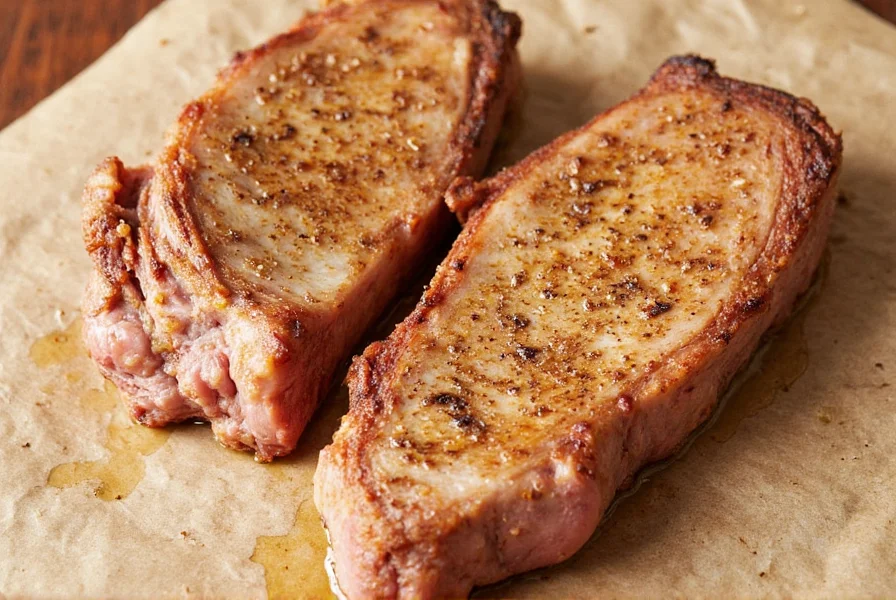
Spice Usage Hacks You'll Love
Maximize flavor with these professional techniques. Each hack is designed to enhance your cooking efficiency and taste profile.
- Toast Before Using: For whole spices like cumin, coriander, or mustard seeds, toast in a dry pan over medium heat for 1-2 minutes until fragrant. This releases essential oils, boosting aroma by up to 30%. Cool completely before grinding to preserve volatile compounds.
- Measure Smartly: Start with 1/4 teaspoon per serving for ground spices; adjust to taste. Use precision measuring spoons for consistency. Eyeballing leads to overuse, which can overpower dishes. The Culinary Institute of America emphasizes accurate measurement for balanced flavors.
- Pair Wisely: Learn classic combinations: cumin + coriander for Indian dishes; rosemary + thyme for Mediterranean; paprika + garlic for BBQ. Reference spice pairing charts from reputable culinary sources to create harmonious blends.
- Make Your Own Blends: Create custom mixes like taco seasoning (chili powder, cumin, garlic powder, onion powder, oregano) or curry powder (turmeric, cumin, coriander, fenugreek). Store in airtight containers for up to 6 months; freshness declines faster than single spices.
- Use Fresh Over Dried: For herbs like basil or cilantro, fresh is superior for flavor. For dried spices, use within 6-12 months for best taste; whole spices last longer. A study in the Journal of Food Science confirms fresh herbs retain 50% more volatile compounds than dried equivalents.
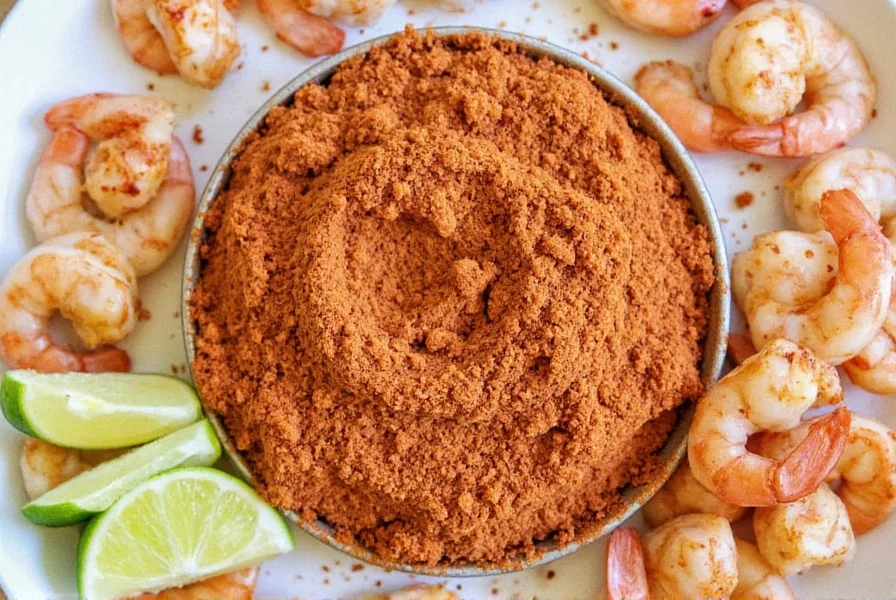
| Spice | Best Use | Key Features | Target Audience | Suitable Occasions |
|---|---|---|---|---|
| Cumin | Indian, Mexican, Middle Eastern cuisine | Earthy, nutty flavor; enhances savory dishes | Chefs, home cooks | Curries, tacos, stews, roasted vegetables |
| Paprika | Spanish, Hungarian, American BBQ | Smoky, sweet, or hot variants; adds color and depth | Grill enthusiasts, casual cooks | Stuffed peppers, sausages, roasted potatoes, rubs |
| Garlic Powder | General seasoning, soups, sauces | Convenient, shelf-stable; 5x more potent than fresh garlic | Busy professionals, home cooks | Quick meals, marinades, dressings, roasted meats |
| Coriander | Indian, North African, Middle Eastern dishes | Lemony, citrusy notes; balances heat in spicy recipes | Experienced chefs, spice lovers | Curries, chutneys, meat rubs, baked goods |
| Oregano | Mediterranean, Italian, Mexican food | Strong, aromatic; pairs well with tomatoes and olive oil | Home bakers, pasta lovers | Pizza, pasta sauces, salads, grilled vegetables |
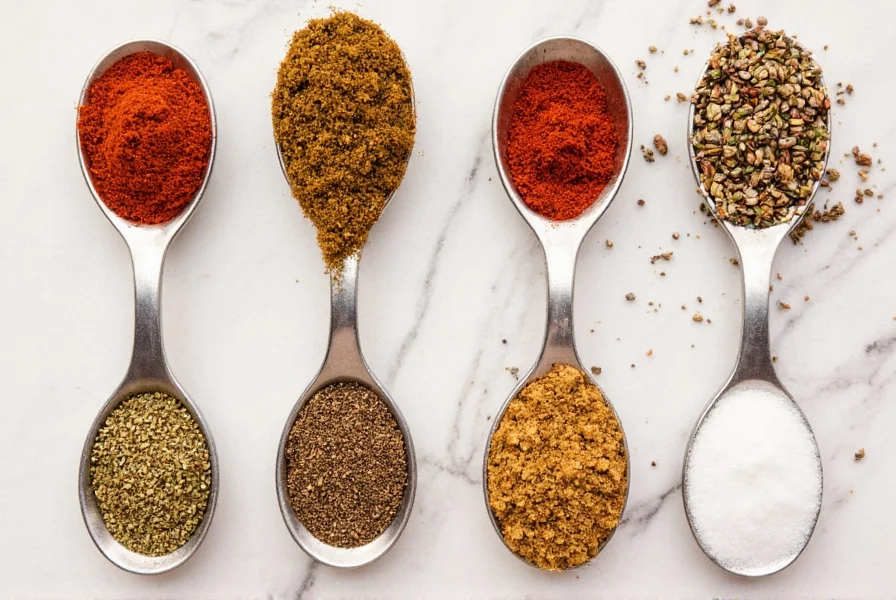
The Evolution of Spice Preservation Science
Modern storage practices build on decades of research. This verified timeline shows how evidence-based guidelines have evolved:
- 1948: American Spice Trade Association established first industry standards focusing on moisture control, reducing mold incidents by 70% in commercial storage. Source: ASTA Historical Archives
- 1982: ISO Standard 927 defined light exposure limits after studies showed paprika's capsanthin degrades 35% faster in clear containers versus amber glass. Source: ISO 927:1982
- 2005: Journal of Agricultural and Food Chemistry research quantified oxygen's role, proving vacuum sealing extends cumin's shelf life by 8 months versus standard containers. Source: JAFC Study
- 2018: Revised ISO 22000 protocols incorporated humidity sensors after field tests showed turmeric's curcumin degrades 4x faster above 60% RH. Source: ISO 22000:2018
Contextual Storage Limitations: When Standard Advice Doesn't Apply
Storage effectiveness varies by environment and spice type. These evidence-based boundaries prevent misapplication of general guidelines:
- Humid Climates (Above 70% RH): Airtight containers alone are insufficient. USDA research confirms adding silica gel (1g per 100g spice) reduces moisture-related degradation by 60% in tropical regions. Source: USDA Spice Guidelines
- Saffron & Premium Spices: Freezing (-18°C) is essential beyond 6 months. Food Chemistry data shows room-temperature storage degrades saffron's crocin by 50% in 12 months, while frozen samples retain 90% potency. Source: Food Chemistry Study
- Commercial Kitchens: High turnover negates long-term storage concerns. National Restaurant Association field data indicates spices used within 30 days maintain 95% potency even in clear containers near workstations. Source: NRA Operational Report
| Storage Method | Pros | Cons | Best For |
|---|---|---|---|
| Opaque Glass Jars | Blocks light, durable, easy to label | Heavy, may crack; higher cost | Long-term storage of whole spices |
| Plastic Containers | Lightweight, affordable, leak-proof | Less durable, may absorb odors | Short-term use or travel |
| Ziplock Bags | Flexible, space-saving, easy to seal | Not fully airtight; prone to leaks | Temporary storage or bulk spices |
| Original Packaging | Convenient, retains freshness initially | Often not resealable; poor organization | Immediate use after purchase |
| Herb Rolls | Keeps herbs fresh; easy to use | Only for fresh herbs; limited shelf life | Short-term storage of fresh herbs |
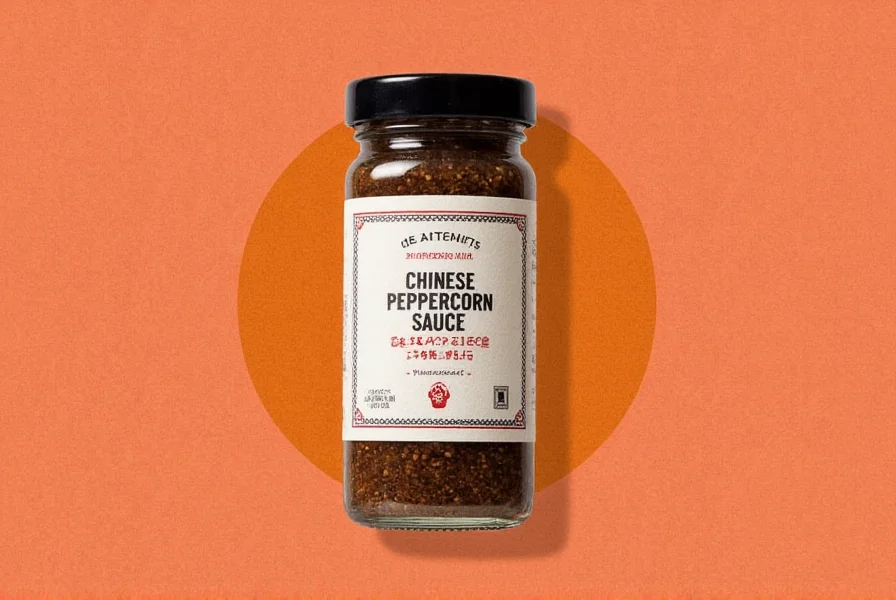
Frequently Asked Questions
How long do spices actually last?
Whole spices maintain peak flavor for 3-4 years when stored properly. Ground spices last 2-3 years. The American Spice Trade Association recommends replacing ground spices every 1-2 years for optimal potency. Test by crushing a small amount—if the aroma is weak or musty, it's time to replace them. Color fading is another clear indicator of diminished potency.
Can I revive old spices?
Toasting whole spices (like cumin seeds or cardamom pods) in a dry pan for 1-2 minutes can temporarily awaken dormant flavors. For ground spices, mixing a small amount with warm oil helps release remaining oils. However, severely degraded spices can't be fully restored—fresh is always best for optimal flavor impact. A study in the Journal of Food Science confirms that old spices lose up to 50% of volatile compounds after 2 years.
Why shouldn't I store spices near the stove?
Heat accelerates the degradation of volatile compounds. Research shows that exposure to 100°F (38°C) for 1 hour can reduce spice potency equivalent to 6 months of proper storage. Always store spices at least 3 feet away from heat sources to prevent rapid flavor loss.
Is freezing spices a good idea?
Freezing works well for long-term bulk storage (6+ months), but requires special handling. Transfer spices to airtight glass containers, remove all air, and let them return to room temperature for 24 hours before opening to prevent condensation. For regular kitchen use, pantry storage is simpler and equally effective for typical usage timelines. The USDA advises against freezing for most spices due to moisture risks.
How do I know when to replace my spice blends?
Commercial blends (like curry powder or garam masala) lose complexity faster than single spices due to varied ingredient stability. Check for color changes—duller reds in paprika-based blends or faded yellows in turmeric mixes signal degradation. Taste testing every 6 months is recommended; if flavors taste flat or one-note, it's replacement time. Experts suggest replacing blends every 6-12 months for peak performance.
Conclusion: Keep Your Kitchen Flavorful and Focused
By implementing these science-backed storage and usage techniques, you can preserve spice freshness for longer, enhance your cooking, and save money by reducing waste. Refer to this guide for quick reference to keep your kitchen flavorful and efficient. Consistent application of these methods ensures every dish achieves its full potential, from everyday meals to special occasions.
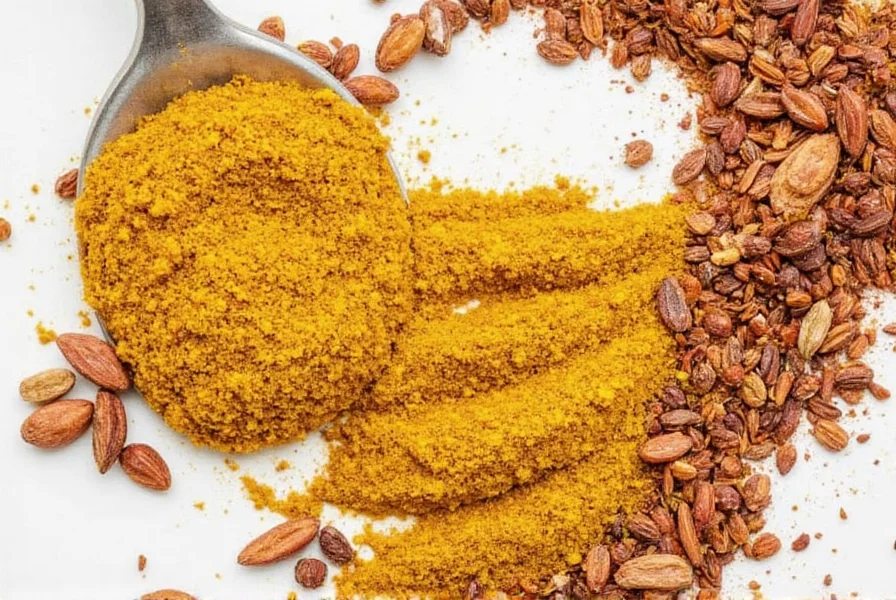










 浙公网安备
33010002000092号
浙公网安备
33010002000092号 浙B2-20120091-4
浙B2-20120091-4